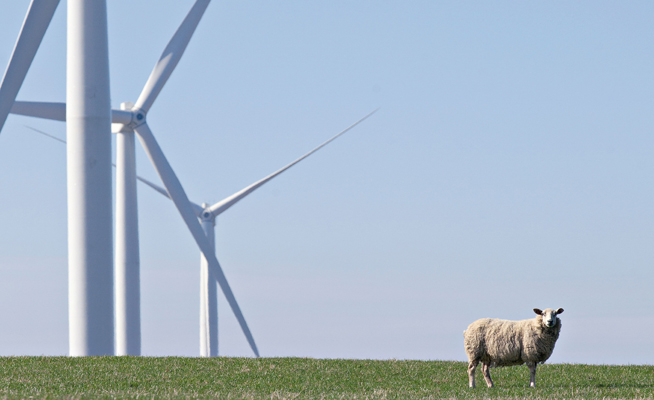The technology group SCHOTT is securing its energy needs from renewable energy sources with long-term electricity contracts. A new Power Purchase Agreement (PPA) with Statkraft, Europe’s largest producer of renewable energy, began this January and runs through the end of 2026. This means that for a period of three years, Statkraft will supply almost 42,000 MWh per year – thus a total of around 125,000 MWh – through the PPA Windpark Nichel, which boasts four wind turbines of 4.2 MW each (= 16.8 MW) in Brandenburg. This is equivalent to the annual electricity consumption of more than 15,000 households.
“Since the end of 2021, we have already switched our global electricity procurement to 100 percent green electricity,” explained Thomas Hahn, Global Category Manager Energy in Purchasing at SCHOTT. “The new contract with Statkraft is the sixth of its kind. Last year, we also signed a PPA with CleanMax for a solar-wind hybrid project in India.” The aim is to procure as much electricity as possible through PPAs as a good instrument for the energy transition
In Germany, SCHOTT will cover a total of 25 percent of its electricity requirements through PPAs by 2024. The locations of the plants – five wind farms and one solar farm – are spread across Germany and are supplied by renowned providers such as Statkraft, Engie, and RWE. SCHOTT places great importance on the quality of its power supply contracts. The existing PPAs are, therefore, certified with the EKOenergy label. This proves that the purchased green electricity meets specific sustainability criteria, and finances projects to combat energy poverty.
By exclusively using green electricity, SCHOTT has already achieved one of its partial goals on the way to carbon-neutral production by 2030. Another important field of action is the technological change in the operation of energy-intensive melting tanks: Climate-damaging fossil fuels are to be replaced by electricity from renewable energies and green hydrogen in order to heat energy-intensive glass furnaces. Corresponding tests have been successfully carried out; the next step will be to test the new technologies in production.




